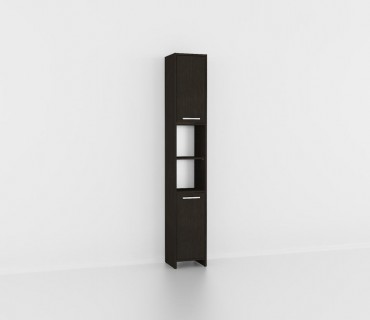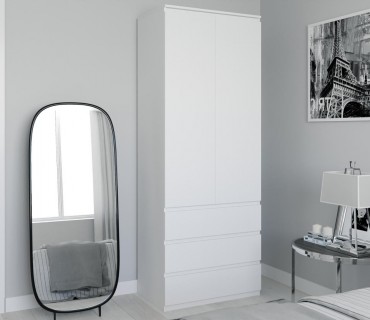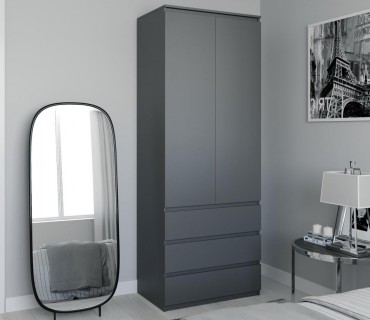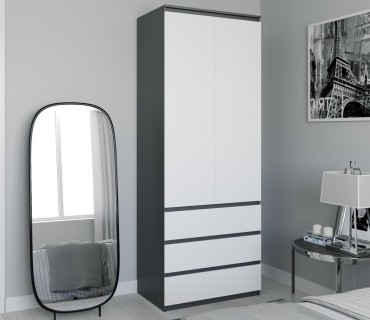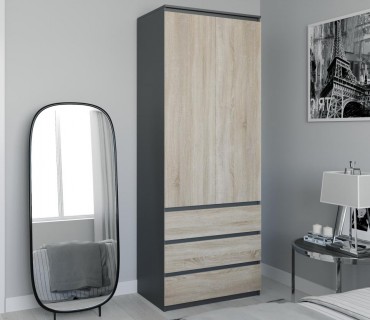1. Introduction: The Impact of Urban Design on Modern Life
Urban design profoundly influences the daily routines, societal interactions, and overall well-being of city inhabitants. Central to this design are city grids, which are systematic arrangements of streets and land parcels that have evolved over centuries. Historically, early civilizations like Mesopotamia and ancient Greece adopted grid patterns for their simplicity and efficiency, paving the way for modern urban planning.
The way cities are laid out impacts everything from transportation efficiency to social cohesion. For example, well-designed grids facilitate smoother traffic flow, foster economic activity, and create accessible public spaces. To illustrate contemporary applications of these principles, consider My Sweet Town, a modern city exemplifying thoughtful grid planning that balances functionality with aesthetic appeal.
Go to: Human Behavior and City Grid Design
Go to: Visual and Psychological Effects
Go to: Modern Urban Planning in Action
Go to: Hidden Impacts of City Layouts
Go to: Advanced Urban Design Concepts
2. The Fundamentals of City Grids: Structure and Function
How grid patterns optimize transportation and accessibility
Grid layouts provide a predictable network of streets that simplifies navigation for pedestrians, cyclists, and vehicles. This predictability reduces travel time, minimizes congestion, and enhances safety. For instance, cities like Manhattan and Barcelona employ grid systems that enable efficient movement and easy wayfinding, which is crucial for both daily commuting and emergency response.
The relationship between city design and economic activity
Accessible and interconnected grids foster commercial development by creating logical zones for retail, offices, and residences. Clear street patterns attract businesses and tourists, boosting local economies. Studies indicate that well-connected urban areas experience higher foot traffic and increased property values, illustrating the economic benefits of thoughtful grid planning.
The role of zoning and land use within grid systems
Zoning divides urban space into functional zones—residential, commercial, industrial—within the grid. This arrangement ensures organized land use, reduces conflicts between incompatible activities, and promotes sustainable urban growth. Effective zoning within grid layouts supports diverse communities and balanced development, exemplified by modern cities that integrate mixed-use zones seamlessly.
3. Human Behavior and City Grid Design
How urban layouts affect walking, cycling, and commuting habits
Grid designs encourage active transportation by making destinations easily reachable on foot or by bike. For example, neighborhoods with well-connected streets see higher rates of walking and cycling, which benefits public health and reduces congestion. Data shows that cities promoting walkable grids report lower obesity rates and improved air quality.
The influence of grid design on social interactions and community development
Accessible street networks promote spontaneous social encounters and community engagement. Public squares, parks, and pedestrian-friendly streets within grid systems serve as social hubs, fostering a sense of belonging. For instance, the design of many European cities emphasizes interconnected squares that become focal points for social life.
Case study: Construction workers walking 10,000 steps per shift within city environments
A recent study observed construction workers in urban areas walking an average of 10,000 steps per shift, largely due to the walkable design of the work sites and surrounding streets. This incidental physical activity contributes significantly to workers’ health, illustrating how urban planning can promote wellness without explicit intervention.
4. Visual and Psychological Effects of Urban Layouts
Aesthetic considerations: symmetry, order, and navigability
Symmetrical and orderly street patterns enhance visual appeal and ease navigation. Cities with well-designed grids often feature harmonious building alignments and clear sightlines, reducing confusion for residents and visitors alike. Aesthetic coherence in urban design fosters pride and identity within communities.
The psychological impact of color and environment in urban spaces
Colors and environmental features influence mood and stress levels. For example, incorporating calming pink shades in city parks or facades can reduce stress and promote relaxation. Research indicates that natural environments and thoughtfully chosen color schemes improve mental health and create welcoming atmospheres.
How city design can reduce stress and promote well-being
Elements such as green corridors, open plazas, and pedestrian zones within grid layouts help mitigate urban stress. Access to nature and aesthetically pleasing environments have been linked to lower anxiety levels and increased overall happiness. Thoughtful design prioritizes human comfort alongside functionality.
5. "My Sweet Town": An Illustrative Example of Modern Urban Planning
Description of the town’s grid layout and key features
"My Sweet Town" exemplifies a modern grid system with wide, tree-lined streets, interconnected parks, and designated pedestrian zones. Its layout emphasizes walkability, with residential, commercial, and recreational areas integrated to foster community life. The grid’s symmetry and thoughtful zoning promote efficiency and aesthetic harmony.
How the town’s design encourages active lifestyles and community engagement
By placing parks and public spaces at the heart of neighborhoods, "My Sweet Town" encourages residents to walk, cycle, and gather. Its compact layout reduces dependency on cars, supports local businesses, and facilitates social interactions, demonstrating how urban design influences behavior.
Specific elements that incorporate psychological and aesthetic considerations
The town features colorful facades in calming shades, landscaped plazas, and art installations that foster positive emotions. Additionally, the inclusion of natural elements like green roofs and water features aligns with research linking biophilic design to mental well-being.
6. Non-Obvious Impacts of City Grids on Daily Life
Influence on local climate and environmental sustainability
Urban grids can affect microclimates by enabling better airflow and sun exposure, which influence heating and cooling needs. Incorporating green infrastructure within grid layouts, such as parks and permeable pavements, supports environmental sustainability and urban resilience.
Effects on safety and emergency response times
Predictable grid patterns facilitate rapid emergency response by allowing quick navigation. Studies show that cities with well-connected street networks experience faster fire and ambulance responses, ultimately saving lives.
Cultural and social diversity fostered by accessible urban design
Accessible and inclusive urban layouts promote interaction among diverse populations, supporting social cohesion. Mixed-use zones and pedestrian-friendly streets in grid cities attract varied communities, fostering cultural exchange and innovation.
7. Beyond the Basics: Advanced Concepts in Urban Grid Design
Adaptive and flexible grid systems for future growth
Modern cities are adopting adaptable grid frameworks that can evolve with population changes and technological advancements. Modular street designs and multi-use blocks enable cities to remain resilient and responsive to future needs.
Integrating green spaces and natural elements within grid layouts
Innovative urban planning incorporates parks, green corridors, and urban agriculture within grid systems. These elements enhance ecological health, improve air quality, and offer residents recreational opportunities, aligning with sustainable city principles.
Technological innovations shaping smarter city grids
Smart sensors, data analytics, and IoT devices optimize traffic flow, energy use, and public services within grid-based cities. These technologies support real-time decision-making, making urban environments more efficient and livable.
8. Conclusion: Shaping a Better Modern Life Through Thoughtful Urban Planning
"The design of our cities influences not just how we move and interact, but also our health, safety, and happiness. Thoughtful urban planning that leverages the strengths of grid systems creates spaces where communities thrive."
As demonstrated through examples like "My Sweet Town," integrating principles of effective grid design with aesthetic and psychological considerations can significantly enhance urban life. By prioritizing intentional planning, future cities can become healthier, safer, and more inclusive environments for all residents.






